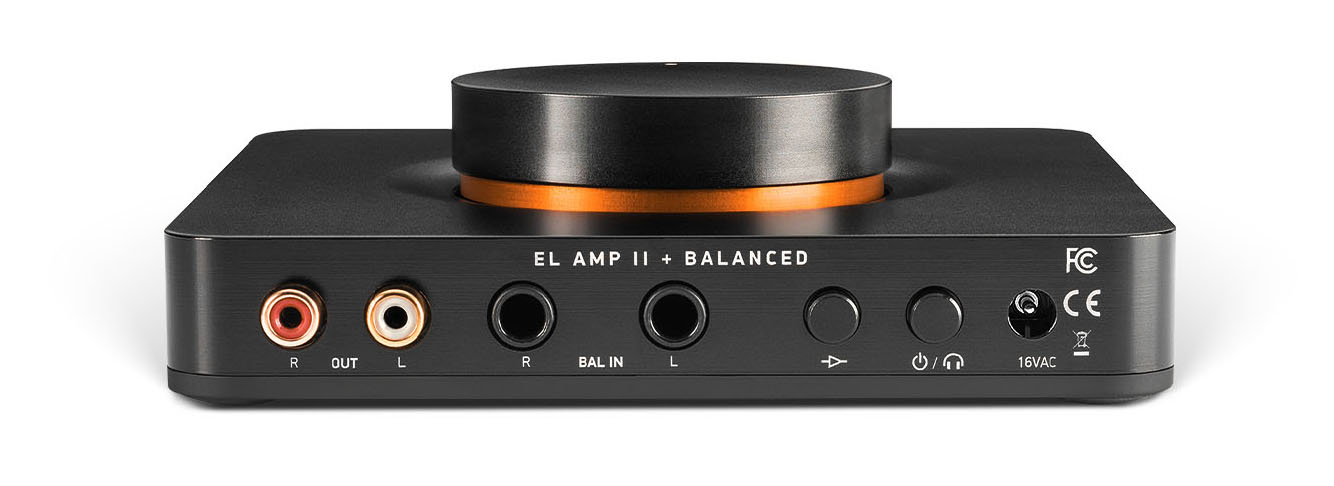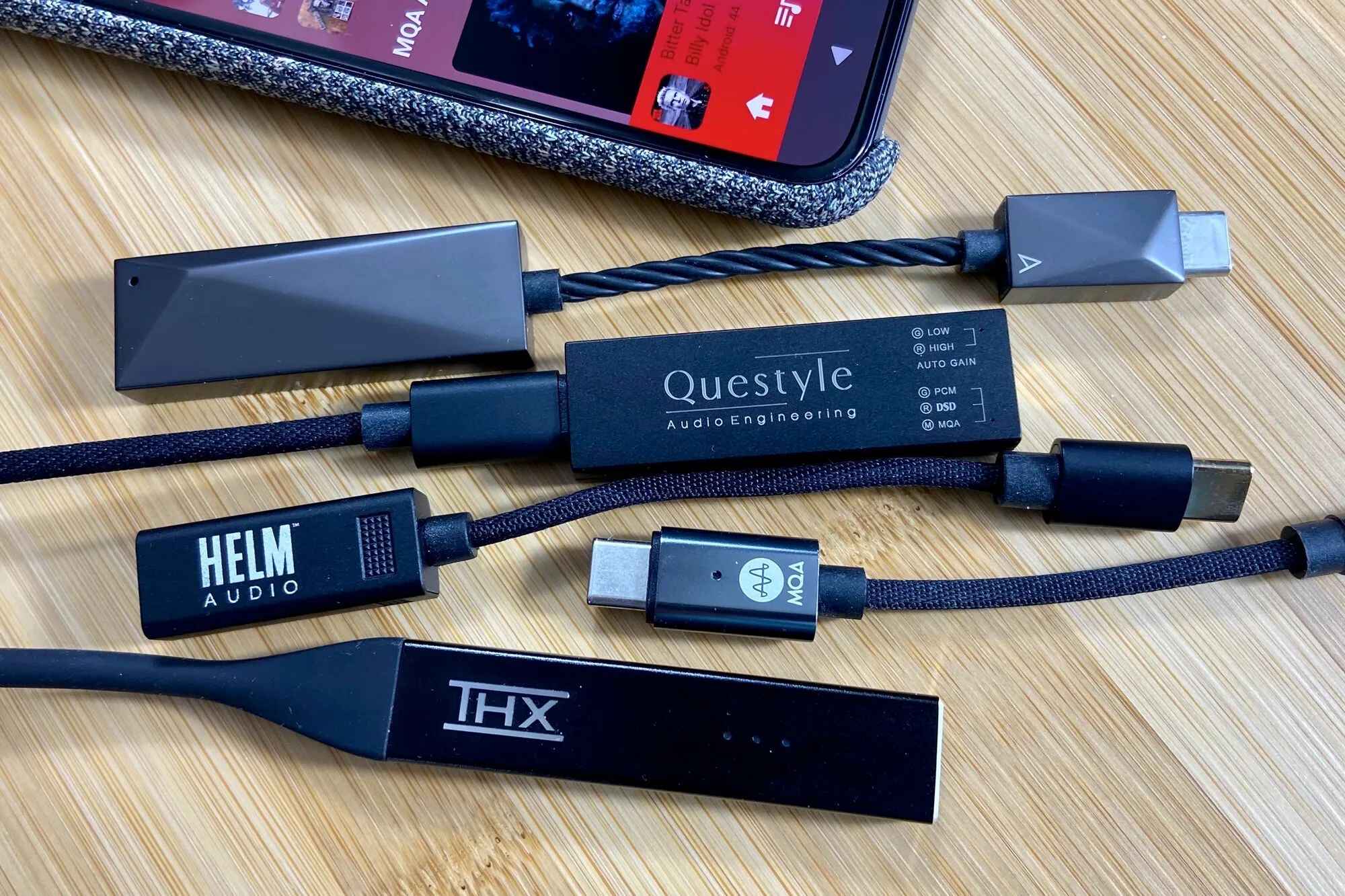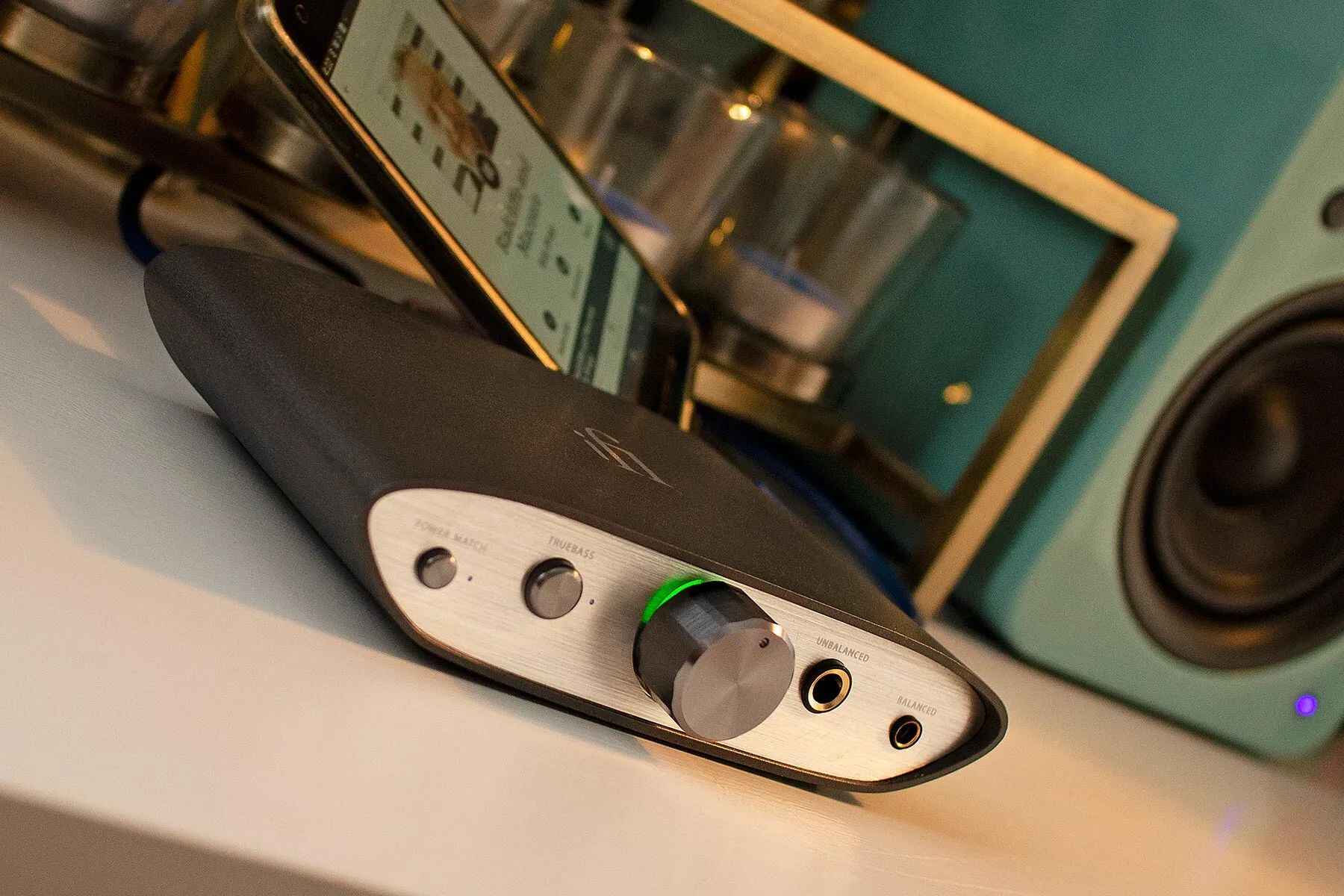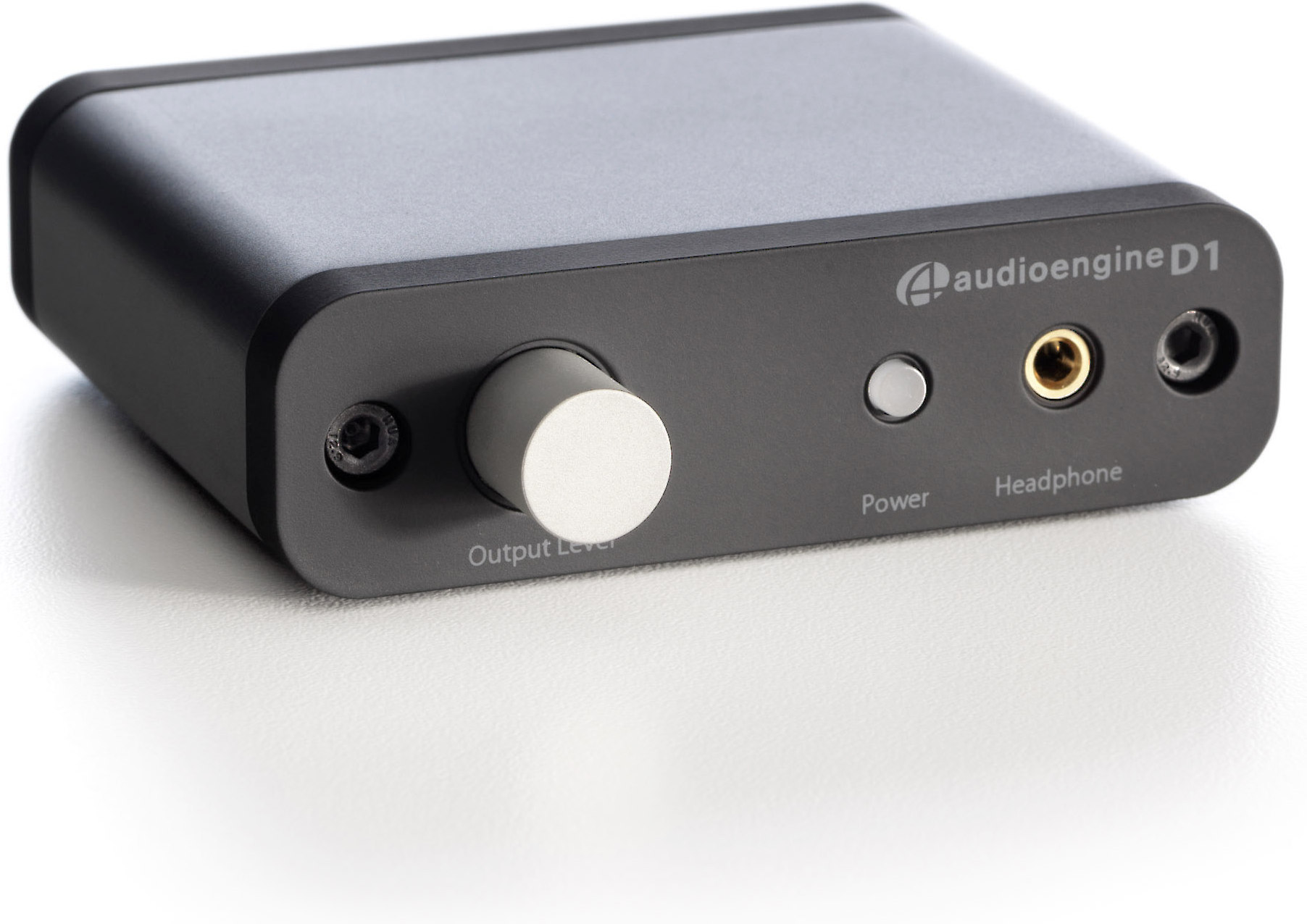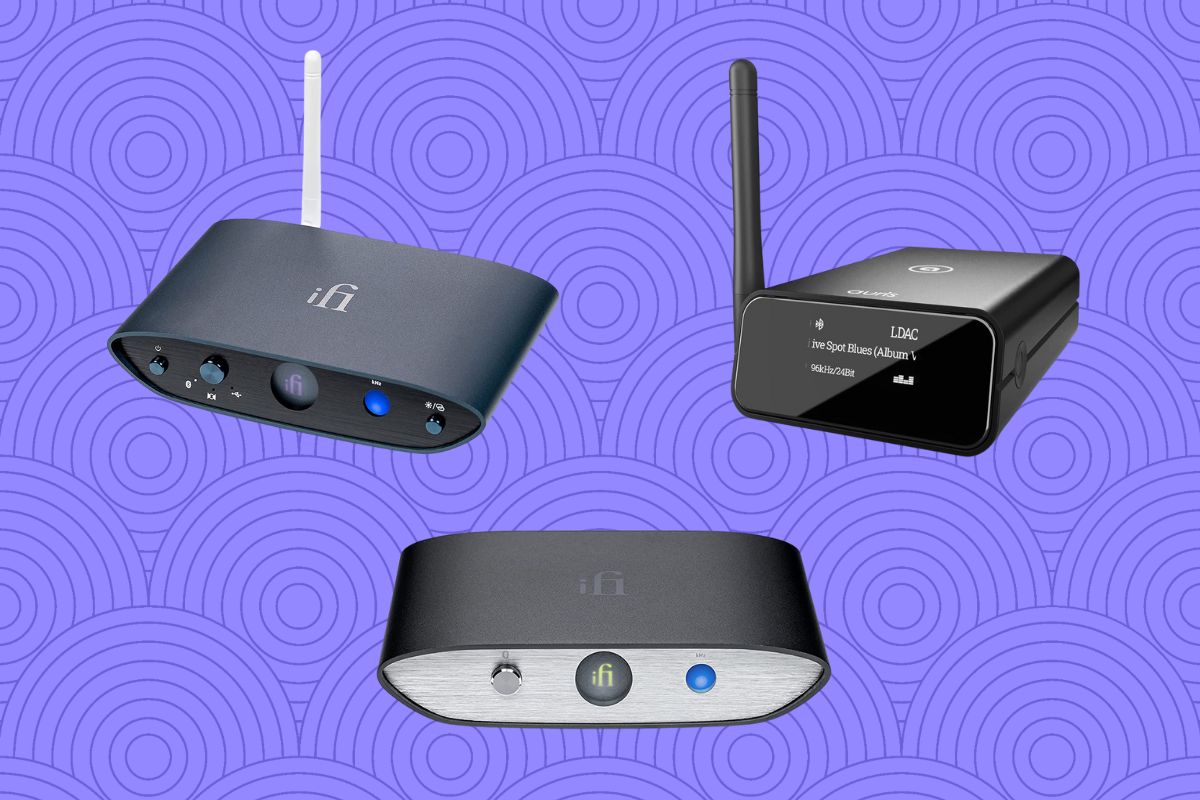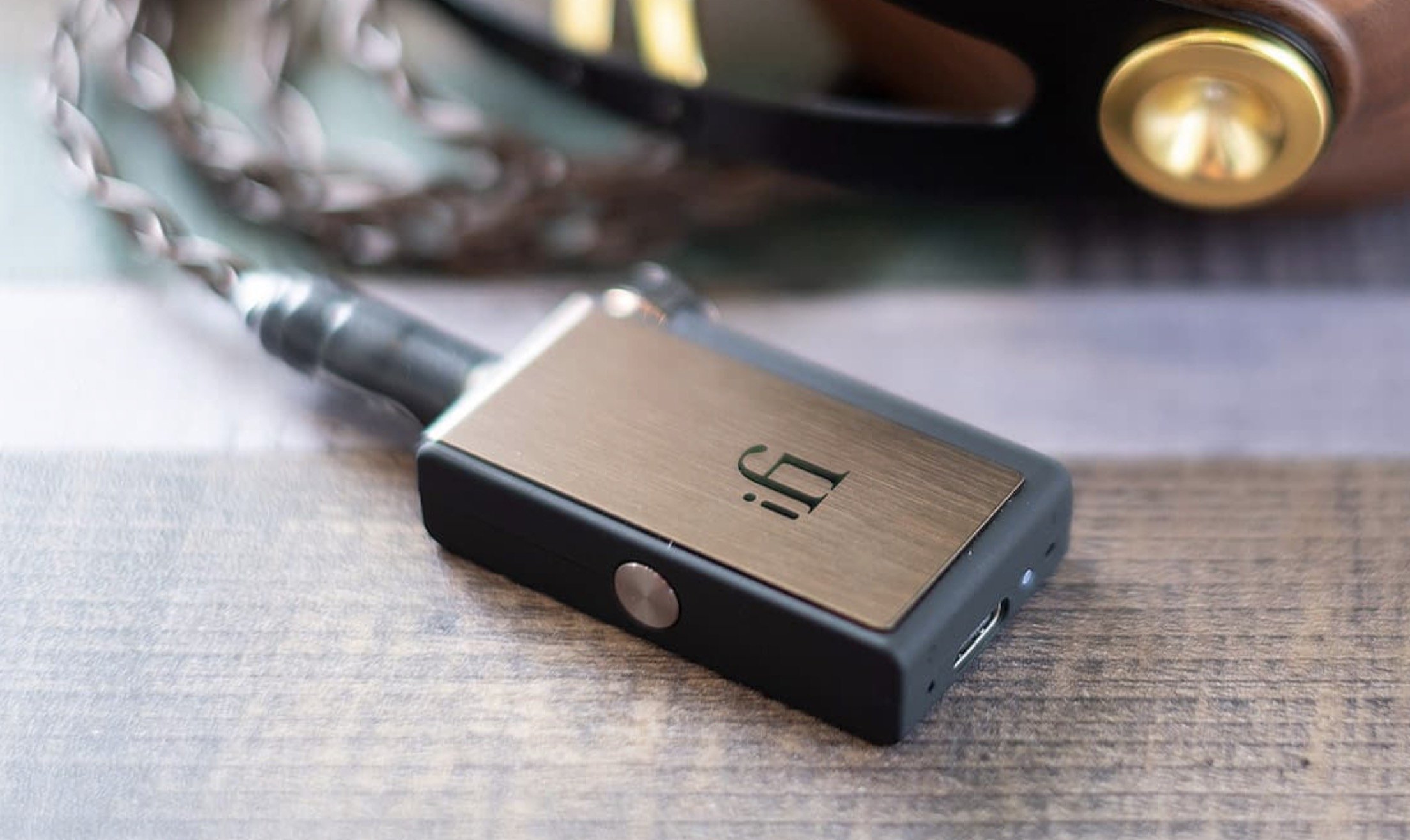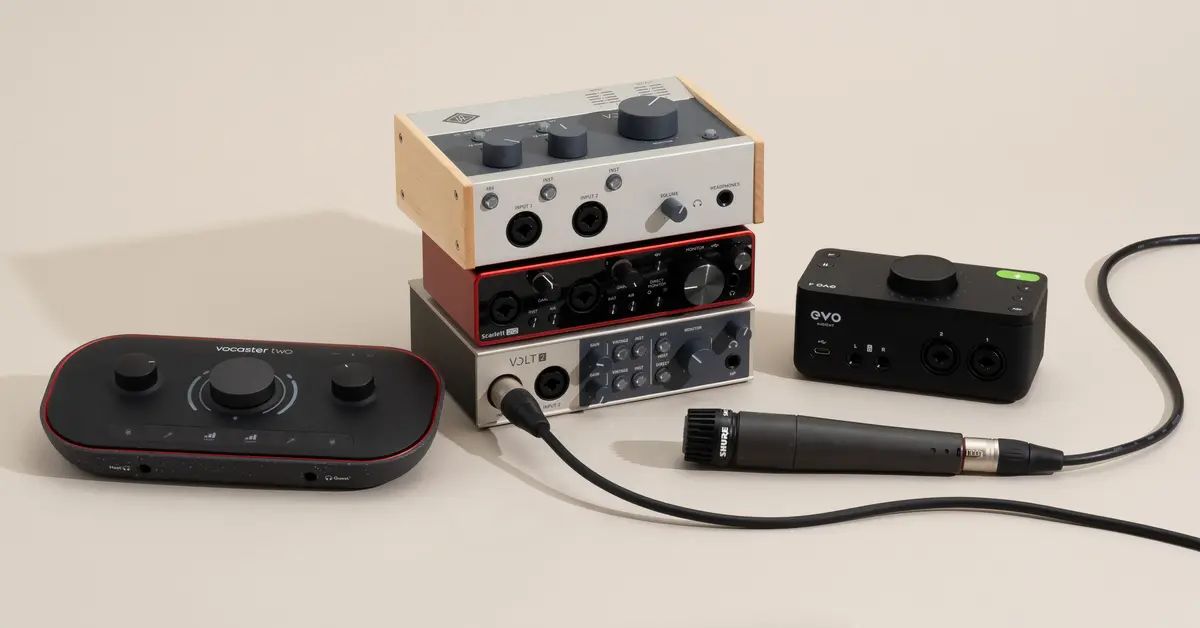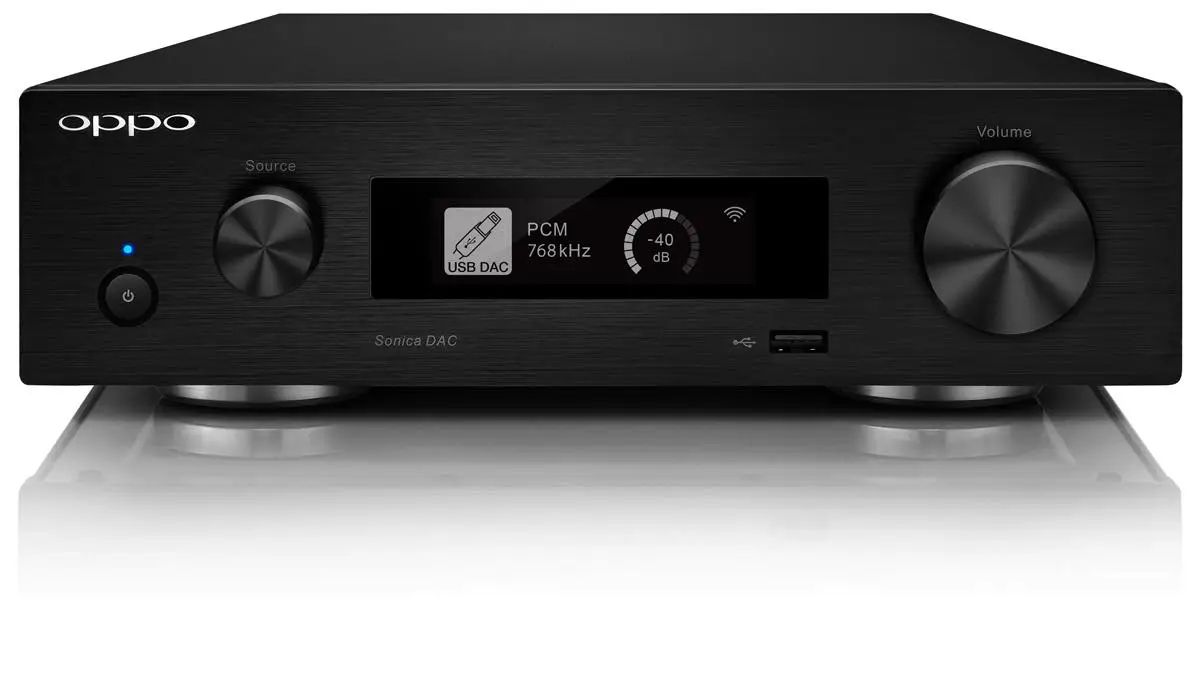Introduction
In the realm of audio enthusiasts and tech aficionados, the quest for superior sound quality is an ongoing pursuit. Whether it's for music production, gaming, or simply savoring the nuances of a favorite album, the desire for pristine audio is universal. This desire has led to the development of advanced audio technologies, including Digital-to-Analog Converters (DACs) and amplifiers, which play pivotal roles in enhancing audio experiences.
The synergy between DACs and amplifiers is crucial for achieving high-fidelity sound reproduction. A DAC serves as the bridge between digital audio sources, such as computers or smartphones, and analog audio equipment, by converting digital signals into analog audio. On the other hand, amplifiers are responsible for boosting the strength of the audio signal, ensuring that it can power speakers or headphones effectively.
Understanding the intricate relationship between DACs and amplifiers is essential for anyone seeking to elevate their audio setup. By delving into the nuances of these components and learning how to connect them optimally, enthusiasts can unlock the full potential of their audio systems.
In this comprehensive guide, we will explore the fundamentals of DACs and amplifiers, elucidate the process of connecting DACs to amplifiers, and provide valuable tips for maximizing audio quality. Whether you're a seasoned audiophile or a newcomer to the world of high-fidelity sound, this guide aims to equip you with the knowledge and insights needed to enhance your audio experience to new heights.
Understanding DACs and Amplifiers
Digital-to-Analog Converters (DACs) are pivotal components in the realm of audio technology. They play a crucial role in converting digital audio signals, which are essentially streams of 0s and 1s, into analog signals that can be amplified and reproduced as sound waves. This conversion process is essential because most audio sources, such as smartphones, computers, and media players, store and transmit audio in a digital format. Without a DAC, these digital signals would be incomprehensible to analog audio equipment, rendering them unable to produce sound.
DACs come in various forms, ranging from integrated circuits within electronic devices to standalone units designed for high-fidelity audio applications. The quality of a DAC is often determined by its ability to accurately convert digital signals into analog audio with minimal distortion and noise. High-quality DACs are capable of preserving the subtle details and nuances of the original audio, resulting in a more immersive and authentic listening experience.
Amplifiers, on the other hand, are responsible for boosting the strength of the audio signal produced by the DAC. Once the digital audio has been converted into analog form, it needs to be amplified to a level that can effectively drive speakers or headphones. Amplifiers come in different configurations, including solid-state and tube amplifiers, each with its own sonic characteristics and capabilities. The primary function of an amplifier is to ensure that the audio signal is robust enough to faithfully reproduce the intricacies of the music or audio content.
When DACs and amplifiers are combined, they form a symbiotic relationship that is essential for achieving high-fidelity audio reproduction. The DAC converts digital audio into analog form, while the amplifier ensures that the analog signal is strong enough to drive the transducers, such as speakers or headphones, and reproduce the audio content faithfully.
Understanding the roles of DACs and amplifiers is fundamental to optimizing audio setups and achieving superior sound quality. By comprehending the functions and capabilities of these components, audio enthusiasts can make informed decisions when selecting and configuring their audio systems, ultimately leading to a more immersive and gratifying listening experience.
Connecting DACs to Amplifiers
Connecting a Digital-to-Analog Converter (DAC) to an amplifier is a pivotal step in achieving optimal audio performance. The process involves establishing a seamless interface between the DAC, which converts digital audio signals into analog form, and the amplifier, which amplifies the analog signal to drive speakers or headphones effectively. By ensuring a robust and reliable connection between these components, audio enthusiasts can unlock the full potential of their audio systems.
Analog Connections
The most common method of connecting a DAC to an amplifier is through analog connections. This typically involves using RCA cables, which are widely compatible with most DACs and amplifiers. The RCA cables carry the analog audio signal from the DAC's output to the amplifier's input, establishing a direct and straightforward connection. When utilizing analog connections, it is important to ensure that the cables are of high quality, as subpar cables can introduce noise and signal degradation, undermining the audio quality.
Balanced Connections
For audiophiles and enthusiasts seeking the utmost in audio fidelity, balanced connections offer a compelling option for connecting DACs to amplifiers. Balanced connections utilize XLR cables, which are designed to minimize interference and noise, resulting in cleaner and more robust audio transmission. Many high-end DACs and amplifiers feature XLR connectivity, allowing for a balanced connection that can significantly enhance the overall audio performance, particularly in professional audio setups and high-fidelity systems.
Optical and Coaxial Connections
In some cases, DACs may offer optical or coaxial digital outputs, which transmit audio signals in digital form. While these connections are not directly analog, they can be utilized to connect the DAC to an amplifier equipped with digital inputs. This approach allows for the digital audio signal to be transmitted directly to the amplifier, where it can be converted to analog form and amplified. However, it is important to note that this method may bypass the DAC's internal digital-to-analog conversion, depending on the specific setup and configuration.
USB and Digital Connections
With the proliferation of USB DACs and digital audio interfaces, connecting DACs to amplifiers via USB or digital connections has become increasingly prevalent. These connections allow for the direct transmission of digital audio signals, which are then processed by the DAC before being amplified by the connected amplifier. This method is favored for its convenience and compatibility with modern digital audio sources, such as computers and media players.
Optimizing the Connection
Regardless of the connection method chosen, optimizing the connection between the DAC and amplifier is essential for achieving superior audio performance. This includes ensuring secure and stable connections, utilizing high-quality cables, and minimizing signal interference. Additionally, understanding the specific input and output capabilities of the DAC and amplifier is crucial for configuring the connection optimally, taking into account factors such as impedance matching and signal levels.
By carefully considering the connection options and implementing best practices for establishing the interface between DACs and amplifiers, audio enthusiasts can elevate their audio setups to new heights, unlocking the full potential of their high-fidelity sound systems.
Tips for Enhanced Audio Quality
-
Invest in High-Quality Cables: The importance of using high-quality cables cannot be overstated when aiming for superior audio quality. Opt for cables with robust construction and shielding to minimize signal degradation and interference, ensuring that the audio signal remains pristine throughout the transmission process.
-
Consider Signal Path Optimization: Pay attention to the signal path from the DAC to the amplifier and beyond. Minimize the length of the signal path and avoid unnecessary signal conversions or processing, as each additional component in the signal path can introduce potential points of signal degradation.
-
Room Acoustics and Speaker Placement: Take into account the acoustics of the listening environment and the placement of speakers. Proper room acoustics and speaker positioning can significantly impact audio quality by reducing unwanted reflections and optimizing sound dispersion, leading to a more immersive listening experience.
-
Power Conditioning and Grounding: Implementing power conditioning and effective grounding practices can mitigate electrical noise and interference, resulting in a cleaner and more stable power supply to the audio components. This can lead to improved audio clarity and reduced background noise.
-
Upgrade to High-Resolution Audio Formats: Embrace high-resolution audio formats, such as FLAC or DSD, to experience audio with greater detail and fidelity. High-resolution audio formats preserve more of the original audio data, allowing for a more accurate and immersive listening experience.
-
Room Treatment and Acoustic Panels: Consider integrating acoustic treatment and panels in the listening space to manage sound reflections and reverberations. This can minimize sonic distortions and enhance the overall clarity and precision of the audio playback.
-
Regular Maintenance and Cleaning: Ensure that audio equipment, including DACs and amplifiers, are well-maintained and free from dust and debris. Regular cleaning and maintenance can prevent potential issues and ensure that the equipment operates at its optimal performance level.
-
Explore Advanced Digital Signal Processing (DSP): Utilize advanced DSP technologies to tailor the audio output to suit personal preferences and room acoustics. DSP can be employed to optimize frequency response, correct phase issues, and create a more balanced and tailored audio experience.
-
Audiophile-Grade Power Supplies: Consider investing in audiophile-grade power supplies for DACs and amplifiers. High-quality power supplies can provide cleaner and more stable power, leading to improved audio dynamics and reduced distortion.
-
Seek Professional Calibration and Setup: Engage professional audio technicians or consultants for calibration and setup of the audio system. Professional expertise can fine-tune the system for optimal performance, taking into account factors such as speaker placement, room acoustics, and equipment configuration.
By implementing these tips for enhanced audio quality, enthusiasts can elevate their audio setups and unlock the full potential of their DACs and amplifiers, resulting in a more immersive and gratifying listening experience.
Conclusion
In conclusion, the synergy between Digital-to-Analog Converters (DACs) and amplifiers is fundamental for achieving high-fidelity audio reproduction and elevating the listening experience to new heights. Throughout this guide, we've delved into the intricacies of DACs and amplifiers, elucidated the process of connecting these components, and provided valuable insights for optimizing audio quality.
Understanding the pivotal roles of DACs and amplifiers is essential for audio enthusiasts seeking to maximize the potential of their audio systems. DACs serve as the bridge between digital audio sources and analog audio equipment, ensuring that digital signals are converted into analog form with precision and fidelity. On the other hand, amplifiers play a crucial role in boosting the strength of the analog audio signal, driving speakers or headphones effectively and faithfully reproducing the intricacies of the original audio content.
When connecting DACs to amplifiers, various methods, including analog, balanced, optical, coaxial, USB, and digital connections, offer flexibility and compatibility to suit different audio setups and preferences. By optimizing the connection and considering factors such as cable quality, signal path optimization, and room acoustics, audio enthusiasts can establish a robust interface between DACs and amplifiers, paving the way for enhanced audio performance.
Furthermore, the tips provided for enhancing audio quality encompass a holistic approach, addressing aspects such as cable quality, signal path optimization, room acoustics, power conditioning, high-resolution audio formats, room treatment, maintenance, digital signal processing, power supplies, and professional calibration. By implementing these tips, enthusiasts can fine-tune their audio systems, mitigate potential sources of signal degradation, and elevate the overall audio fidelity.
Ultimately, the pursuit of superior audio quality is a multifaceted endeavor that encompasses technical knowledge, attention to detail, and a passion for immersive sound experiences. By embracing the symbiotic relationship between DACs and amplifiers, and leveraging the insights and tips provided in this guide, audio enthusiasts can embark on a journey towards a more captivating and gratifying audio experience.
In essence, the marriage of DACs and amplifiers represents a gateway to a world of sonic richness, where every note, every sound, and every nuance is faithfully reproduced with clarity and precision. As technology continues to evolve and audio enthusiasts continue to seek the pinnacle of sound quality, the relationship between DACs and amplifiers remains a cornerstone of the audio landscape, shaping the way we experience and appreciate the art of sound.
Whether it's the thrill of experiencing music in its purest form, the immersive ambiance of a cinematic soundtrack, or the exhilaration of gaming audio, the connection between DACs and amplifiers serves as the conduit through which these audio experiences come to life, resonating with depth and authenticity. It is within this realm of sonic artistry that the marriage of DACs and amplifiers thrives, enriching our lives with the gift of unparalleled audio fidelity.







